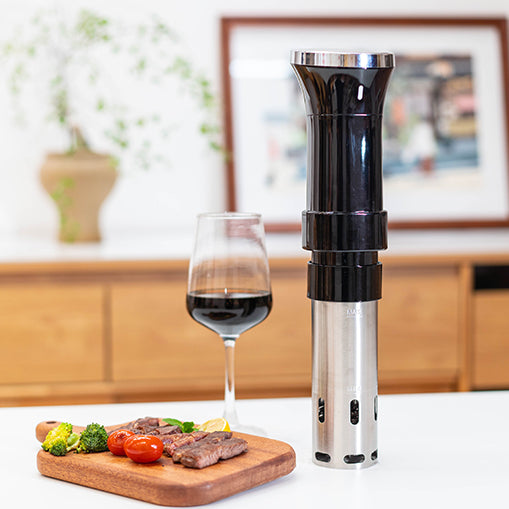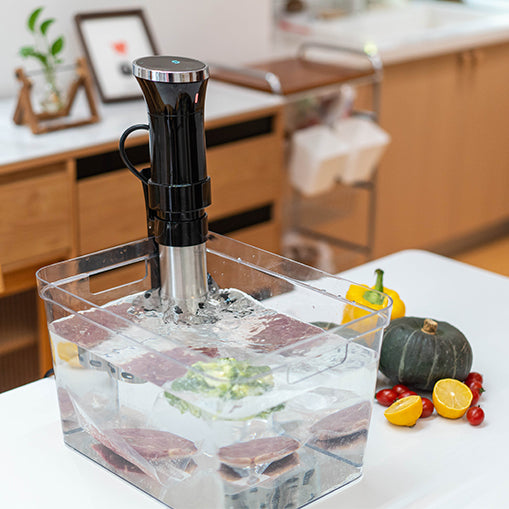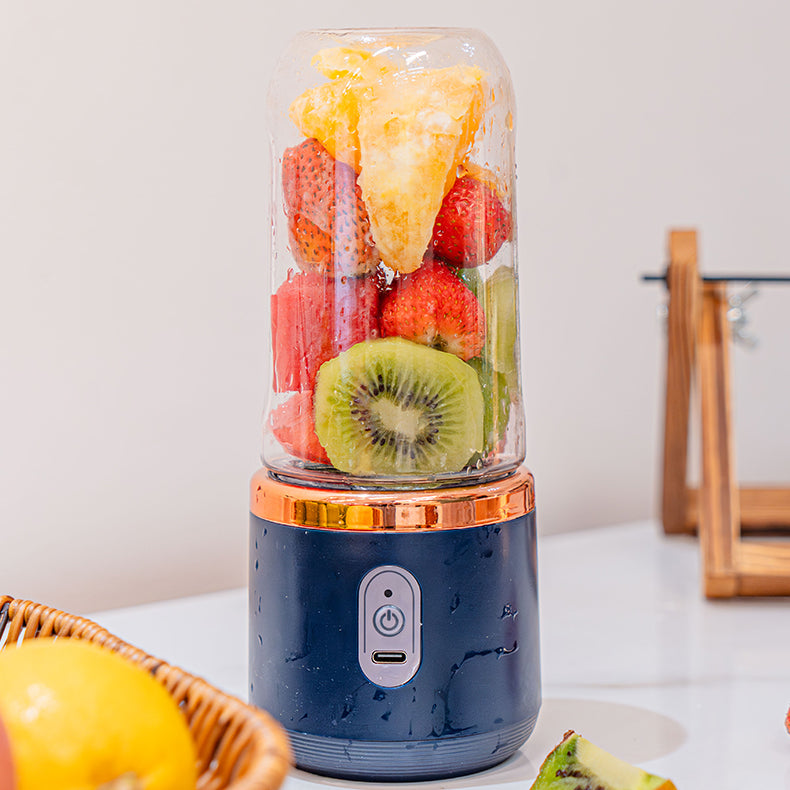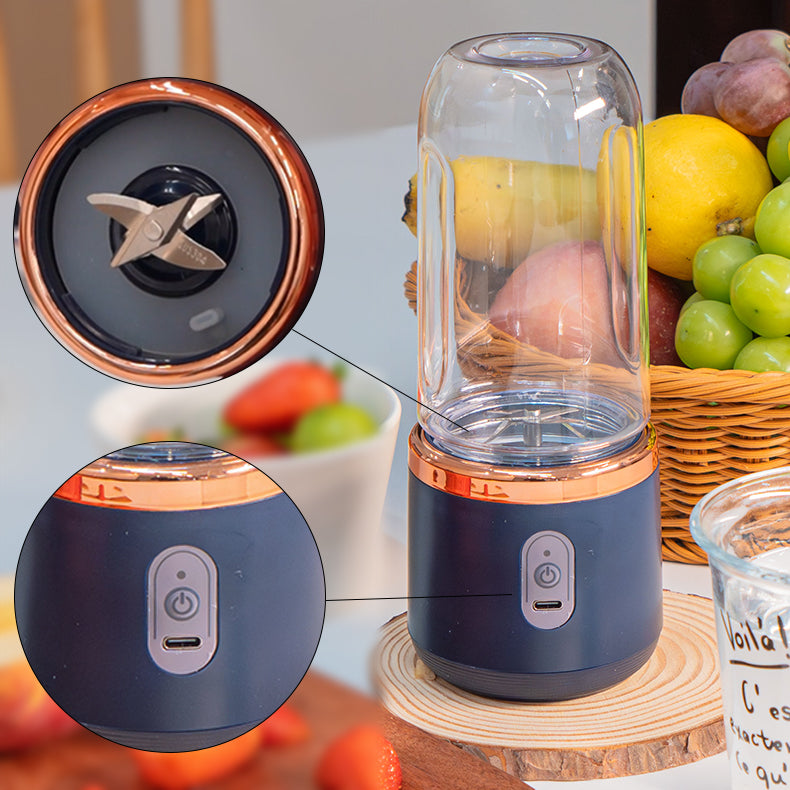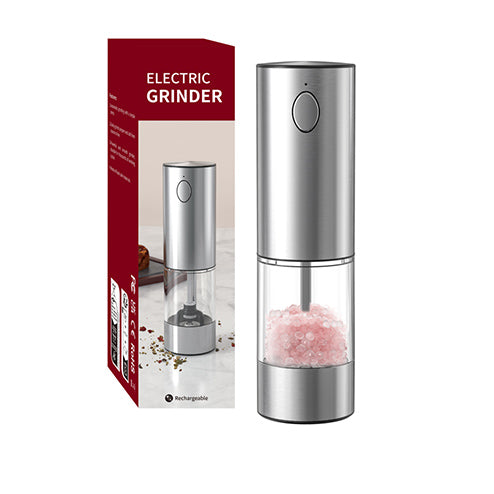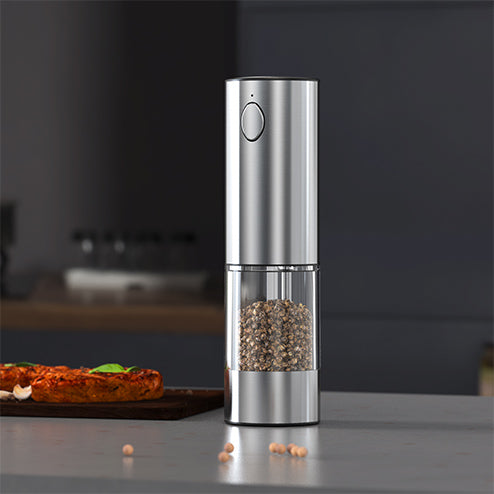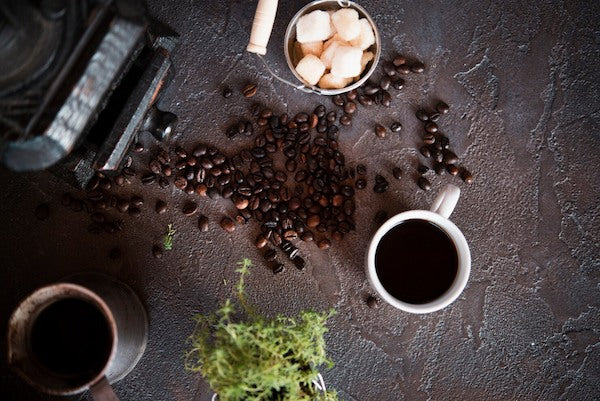Opening a bottle of wine marks the beginning of something special, a toast to a milestone, a cozy evening, or a simple pleasure. But when you can’t finish it, how to reseal a cork wine bottle to keep it stored properly? Preserving that wine becomes essential for this case as exposure to air starts altering the wine almost immediately, affecting its flavor, aroma, and structure.
Fortunately, resealing a cork wine bottle is easy once you know the right techniques. In this guide, we'll show you why resealing matters, reveal the best ways to do it effectively, and share expert tips on storing your wine so you can enjoy every last sip in its best form.

Why Should You Reseal a Cork Wine Bottle
As we know, oxygen immediately begins interacting with the wine inside nnce the wine bottle is opened. Although some oxygen exposure can help enhance a wine's complexity, extended exposure leads to oxidation, causing the wine’s aromas and flavors to deteriorate.
So it's important to close the wine bottle cork to limit air exposure, slowing oxidation and maintaining the wine’s taste, color, and structure. Additionally, properly resealing also prevents contamination from dust, bacteria, and even insects. If you plan to store the bottle for a few more days or transport it, sealing it well ensures your wine stays as close as possible to its original, intended experience.
5 Ways to Reseal the Red Wine
Now let's learn how to close a cork wine bottle. When it comes to resealing wine, there’s more than one way to keep that precious flavor intact. We tested the following 5 ways that can help cover an open wine bottle effectively. Check to find the right way for you:
1. Reinsert the Original Cork
Do you put the cork back in red wine? Yes, the most straightforward option is to reuse the original cork, but only if it’s still intact and undamaged. The cork blocks air from entering and slows oxidation naturally. If the cork feels swollen and won’t go back easily, don't force it - you could break it.
- Set the bottle on a stable surface.
- Angle the cork slightly, inserting one side first.
- Twist gently while applying downward pressure.
- Push the cork halfway into the bottle neck.
Note: If the cork resists because it has expanded, wrap a piece of wax paper around it to ease insertion without damaging the cork or the wine.
2. Use Wax Paper for Easier Recorking
If the cork has expanded and won't fit back in the bottle easily, how to close the cork for wine? A little wax paper can make a big difference. Wax paper reduces resistance, preventing the cork from crumbling and making the resealing process much smoother.
- Cut a piece of wax paper roughly the length of the cork.
- Wrap the wax paper around the cork end (without overlapping).
- Insert the cork while gently rocking it back and forth.
Note: Avoid twisting the cork too much or crinkling the wax paper, which could compromise the seal.
3. Make a Temporary Seal with a Paper Towel
If you’ve lost or damaged the cork, you may need to replace the wine cork. In this case, you can craft a temporary stopper using simple household items.
How to do it:
- Fold a paper towel into a two-inch strip.
- Roll it tightly to resemble a cork.
- Secure it with tape and wrap it in plastic wrap.
- Insert the makeshift cork into the bottle with a gentle twisting motion.
Note: This is a temporary solution. Replace it with a proper cork, wine stopper, or rubber seal within 24 hours.
4. Use a Wine Stopper
A wine stopper, either a rubber, silicone, or stainless steel one, is one of the most convenient and reliable tools for resealing a bottle of wine. Unlike corks, wine stoppers, like those included in the SCHWUA Wine Opener Set, are specifically designed to create an airtight seal, preventing oxygen from entering and slowing down the oxidation process.
- Choose a wine stopper that fits snugly into the bottle’s opening.
- Press the stopper firmly into the bottle until it feels secure.
- Some wine stoppers also have a locking mechanism to enhance the seal even further.
Note: Consider keeping a few different types of wine stoppers at home. Some are better suited for still wines, while others are specially designed for sparkling wines.

5. Use a Vacuum Pump System
For the best long-term preservation, a vacuum pump system is ideal. Vacuum sealing removes oxygen entirely, dramatically slowing oxidation and extending the wine’s freshness up to a week.
- Insert the special rubber stopper into the bottle opening.
- Attach the vacuum pump.
- Pump the air out until resistance is felt.
Note: After vacuum sealing, always store the wine upright in the refrigerator for best results.
How to Reseal Champagne or Sparkling Wine
After we know how to cover an open red wine bottle, let's see how to replace or recork a cork in a wine bottle for champagne or sparkling wine. Sparkling wines like Champagne and Prosecco require special care because carbonation is quickly lost after opening. Re-inserting the original cork usually isn’t possible.
Instead, use a Champagne stopper specially designed to lock onto the lip of the bottle and withstand pressure, or borrow a regular cork that fits tightly. After resealing, refrigerate the bottle upright immediately. Even with proper resealing, try to consume sparkling wines within 1–2 days to enjoy the best flavor and bubbles.

Tips for Storing Wine after Opening a Cork
Once your bottle is resealed, following good storage practices can further slow oxidation and preserve wine after opening a cork:
Store Upright: This reduces the surface area exposed to oxygen inside the bottle.
Refrigerate All Opened Wine Immediately: Yes, even red wines! The cool temperature slows chemical reactions. Just let the reds sit at room temperature for about 30 minutes before serving.
Protect from Light: Light, especially sunlight, can degrade wine quickly. Store bottles in a dark place or cover them with a cloth if necessary.
Maintain a Steady Temperature: Extreme changes in temperature can shock the wine and deteriorate its quality. Keep your fridge at a steady, cool setting.
Transfer to a Smaller Bottle If Needed: If you have less than half a bottle left, moving the wine to a smaller container minimizes oxygen exposure.
Conclusion
Now you know how to put a cork back in a red wine or champagne bottle. Resealing an open wine bottle may seem like a small step, but it makes a big difference in preserving the taste and quality of your wine. Whether you reuse the original cork, employ a handy wine stopper, or opt for a vacuum seal, minimizing oxygen contact is key. Combined with smart storage, these techniques help you enjoy every sip of your favorite wine for days to come. Cheers to fresh, flavorful pours!

